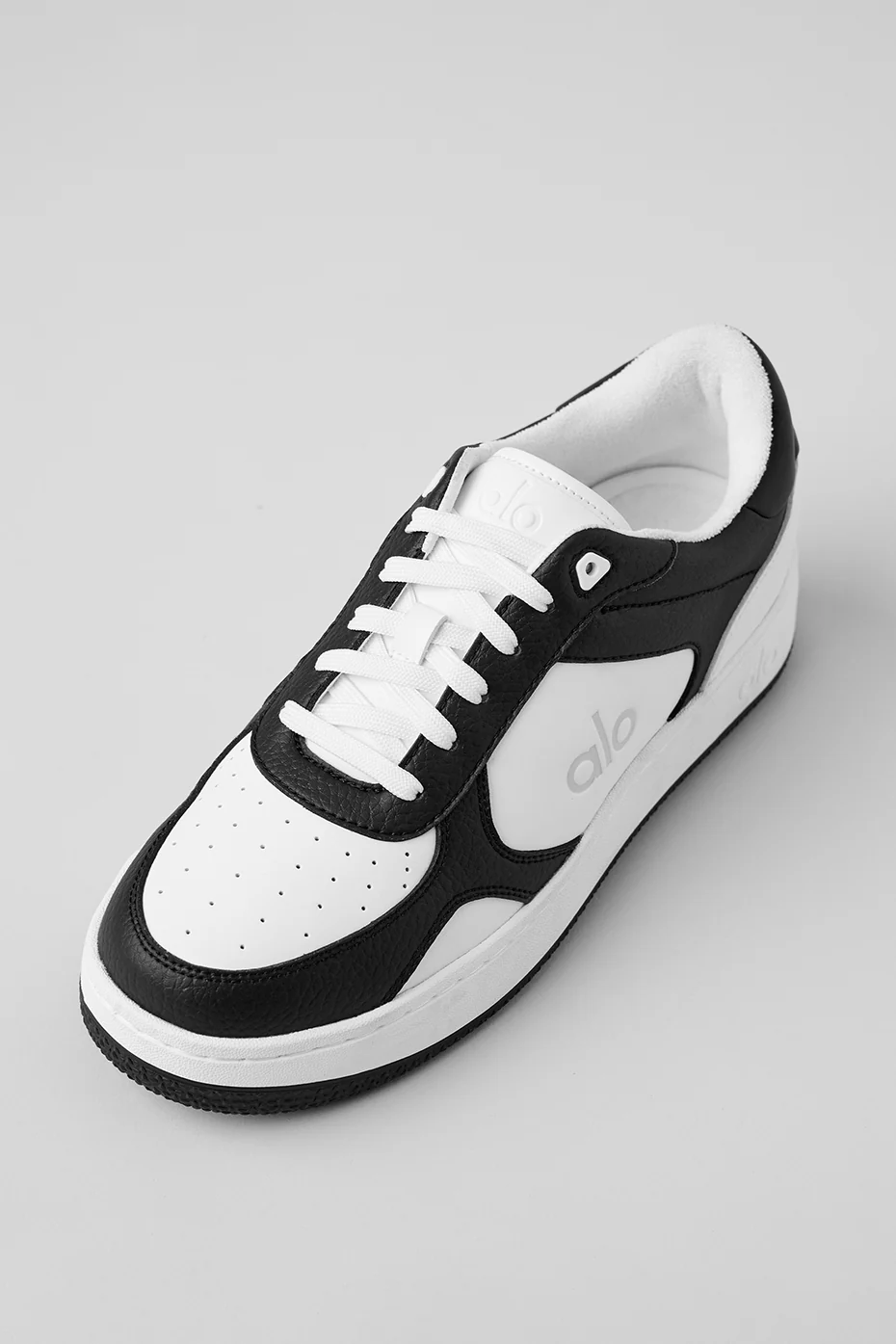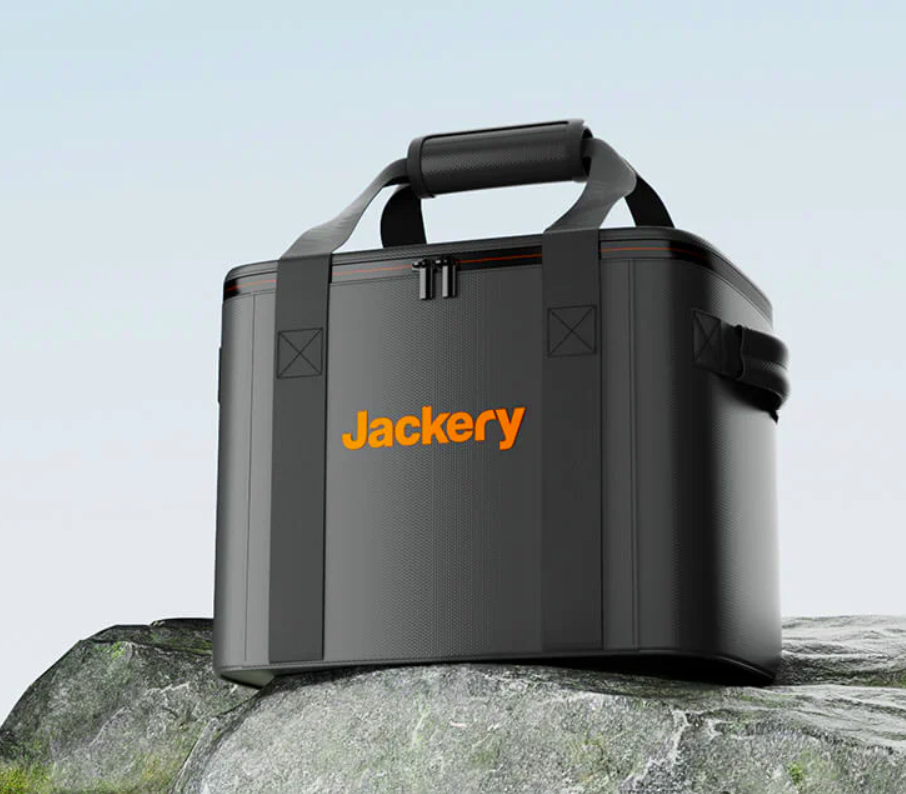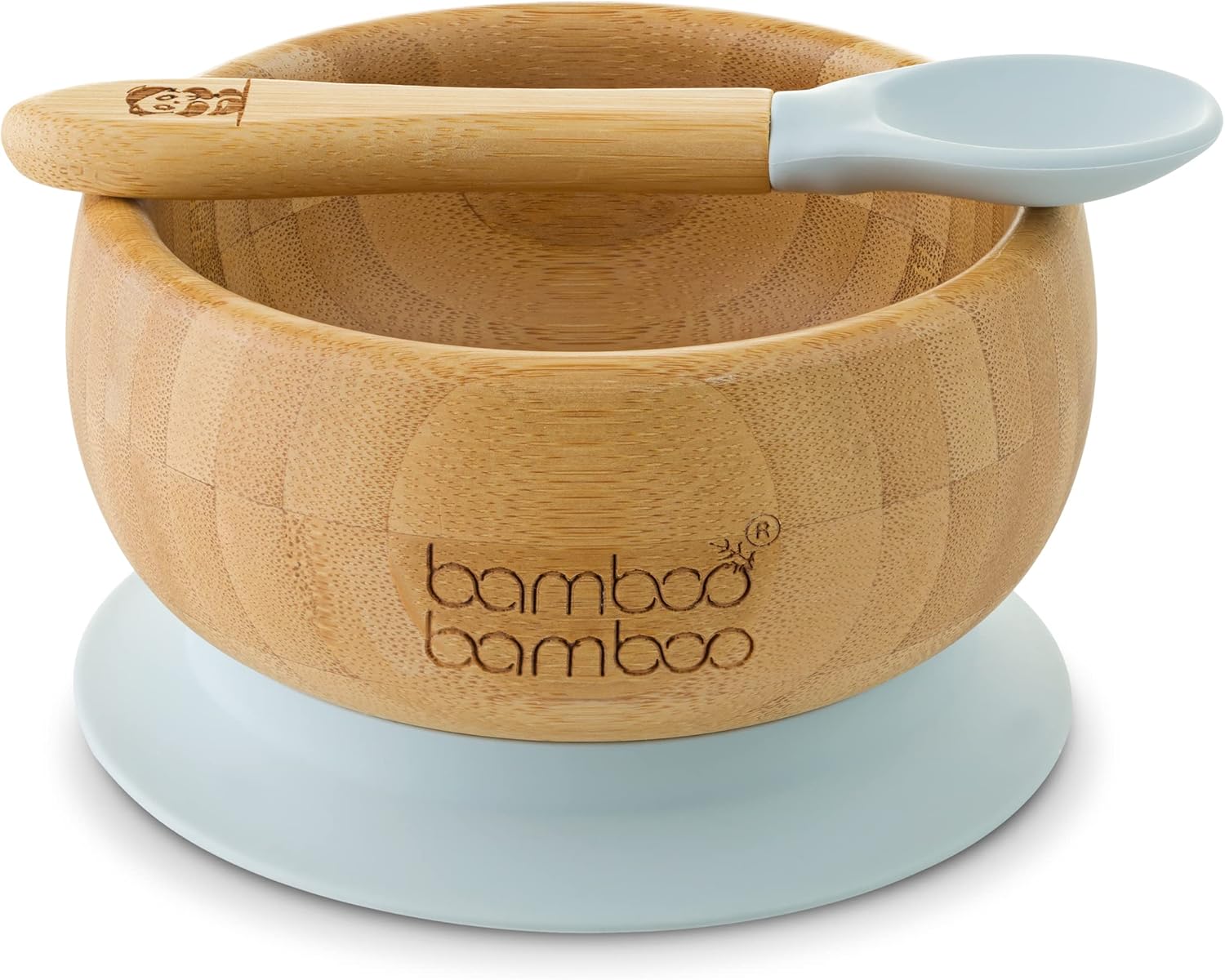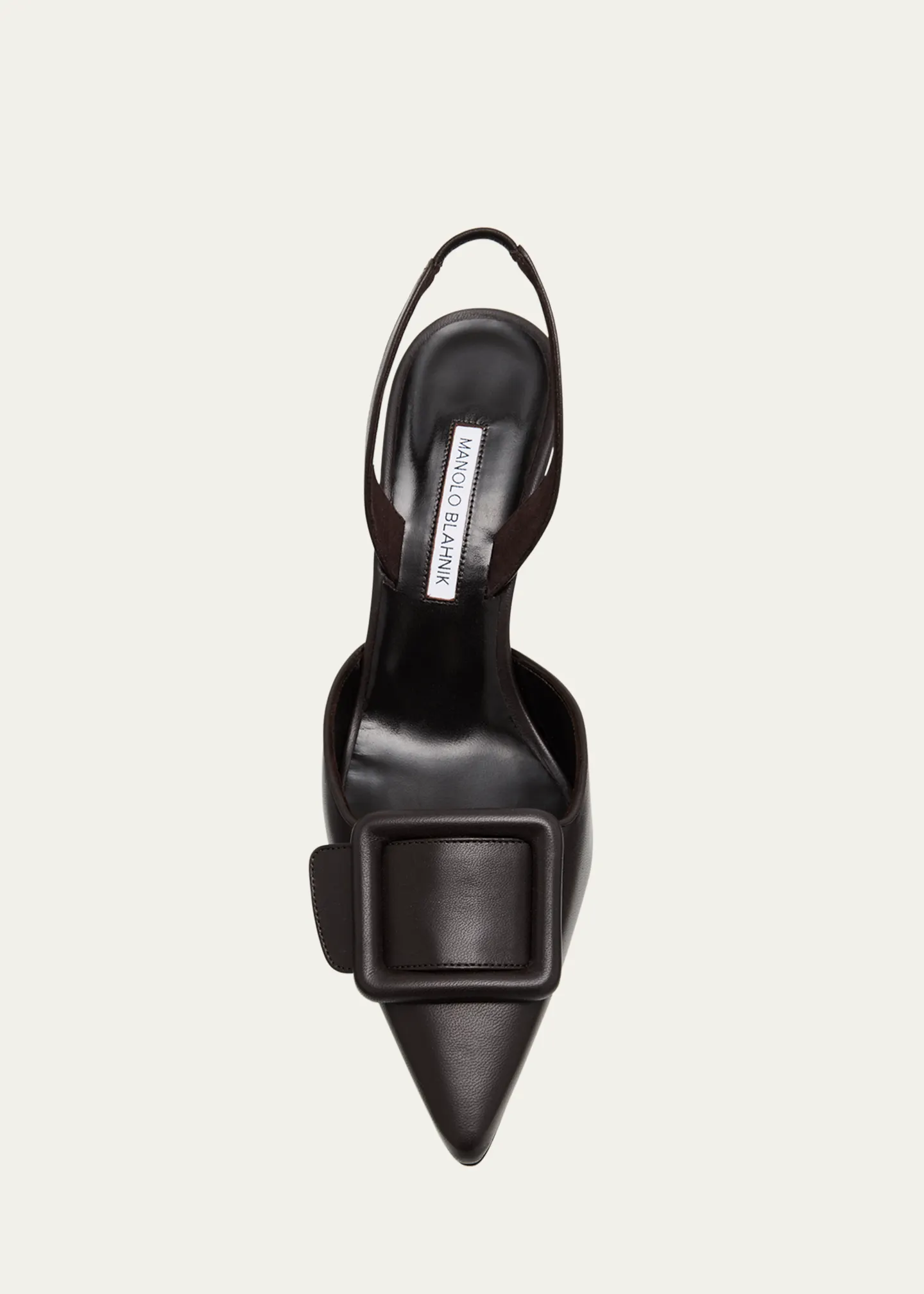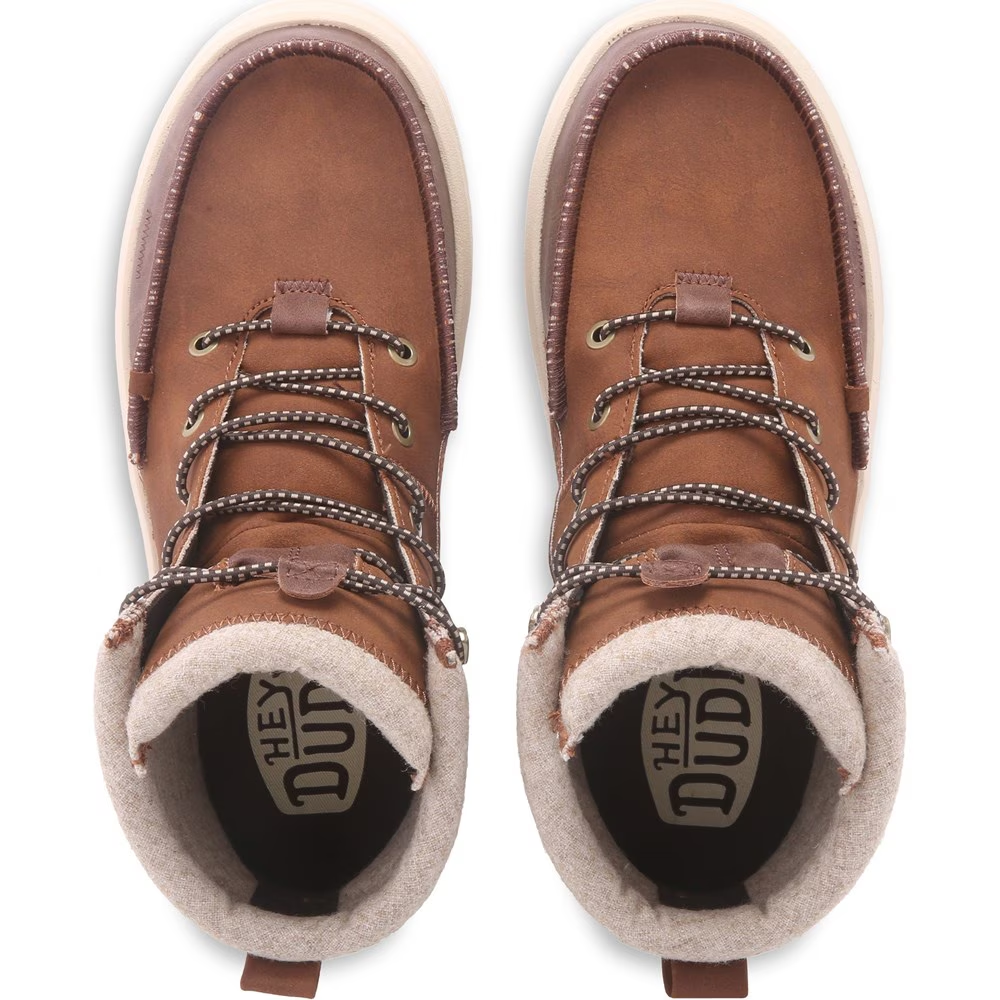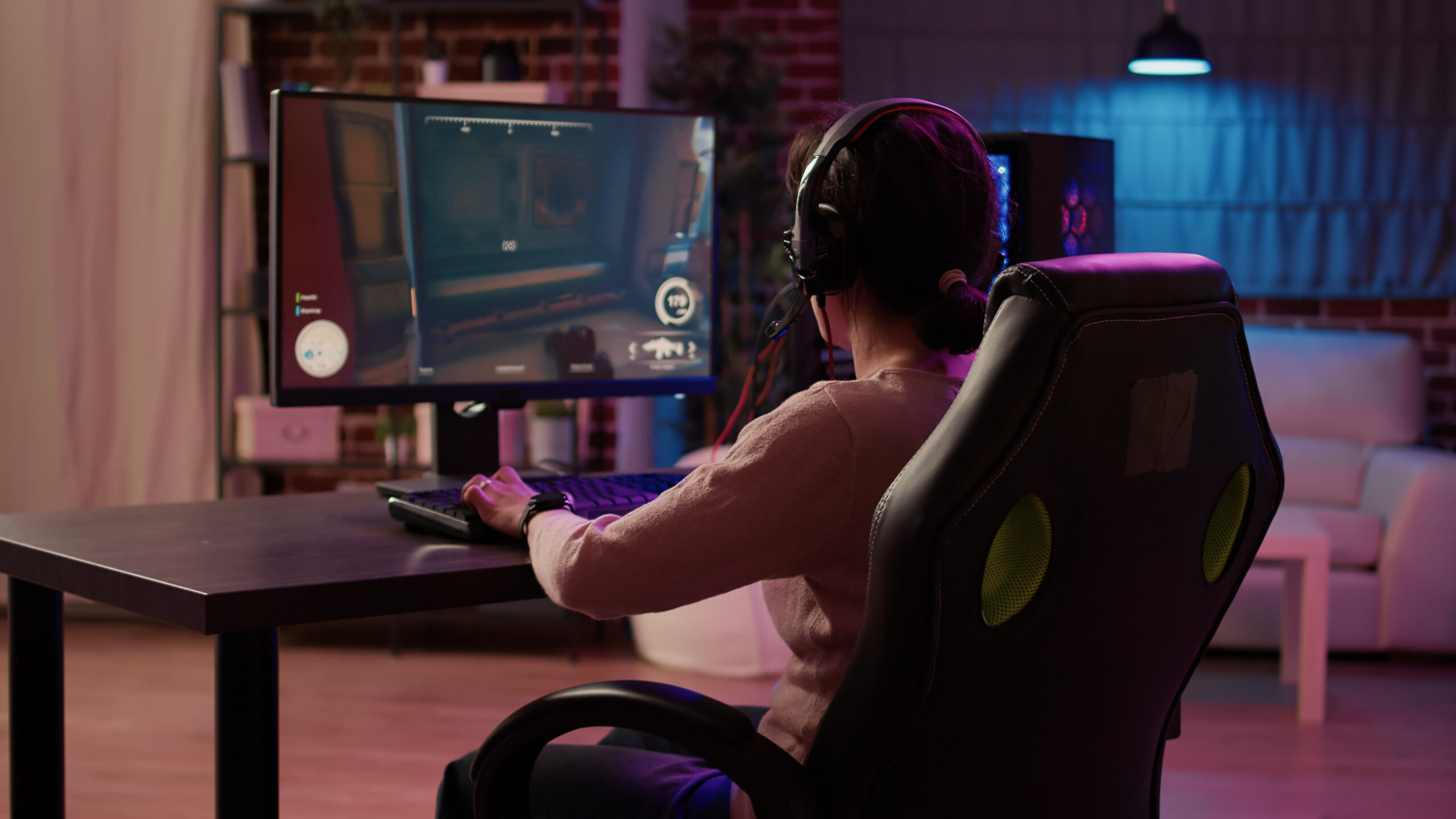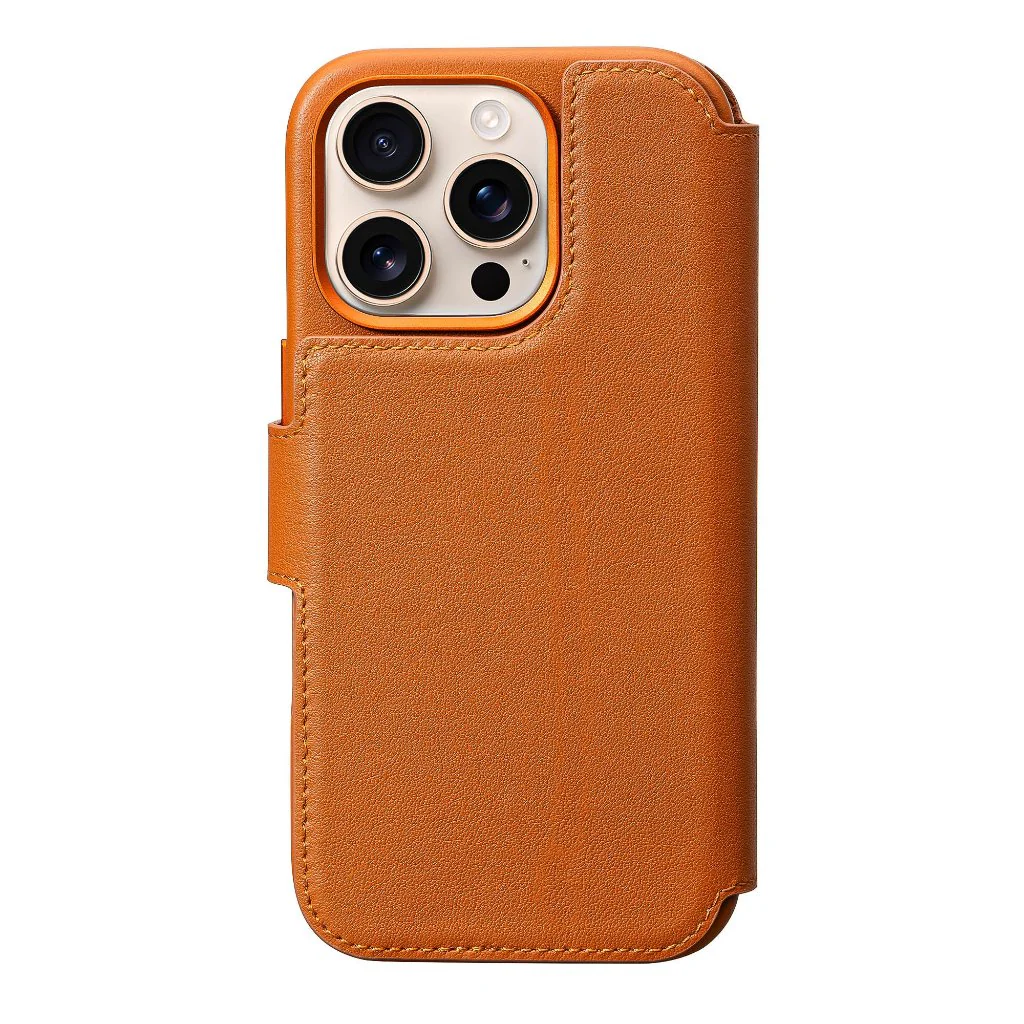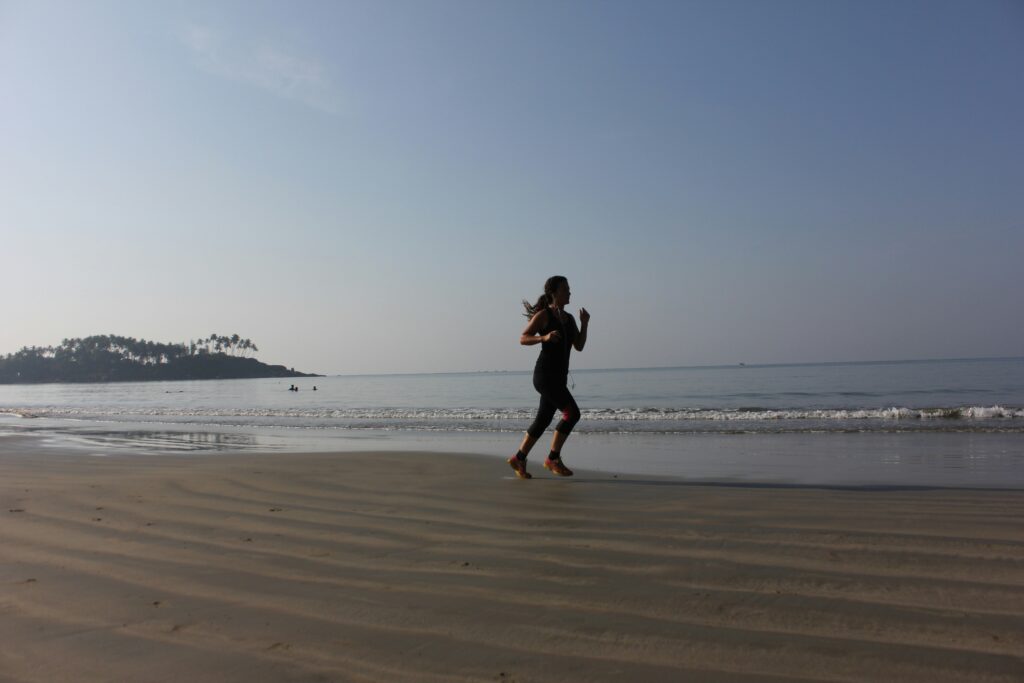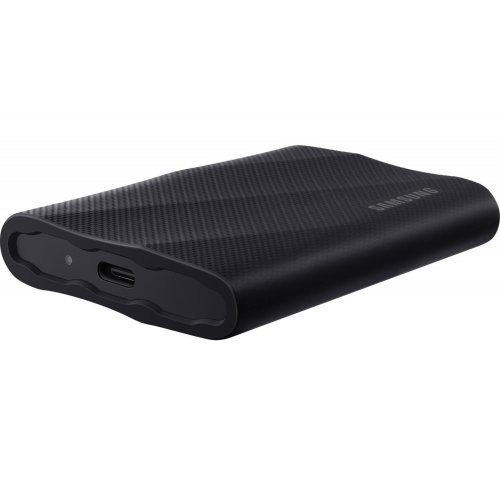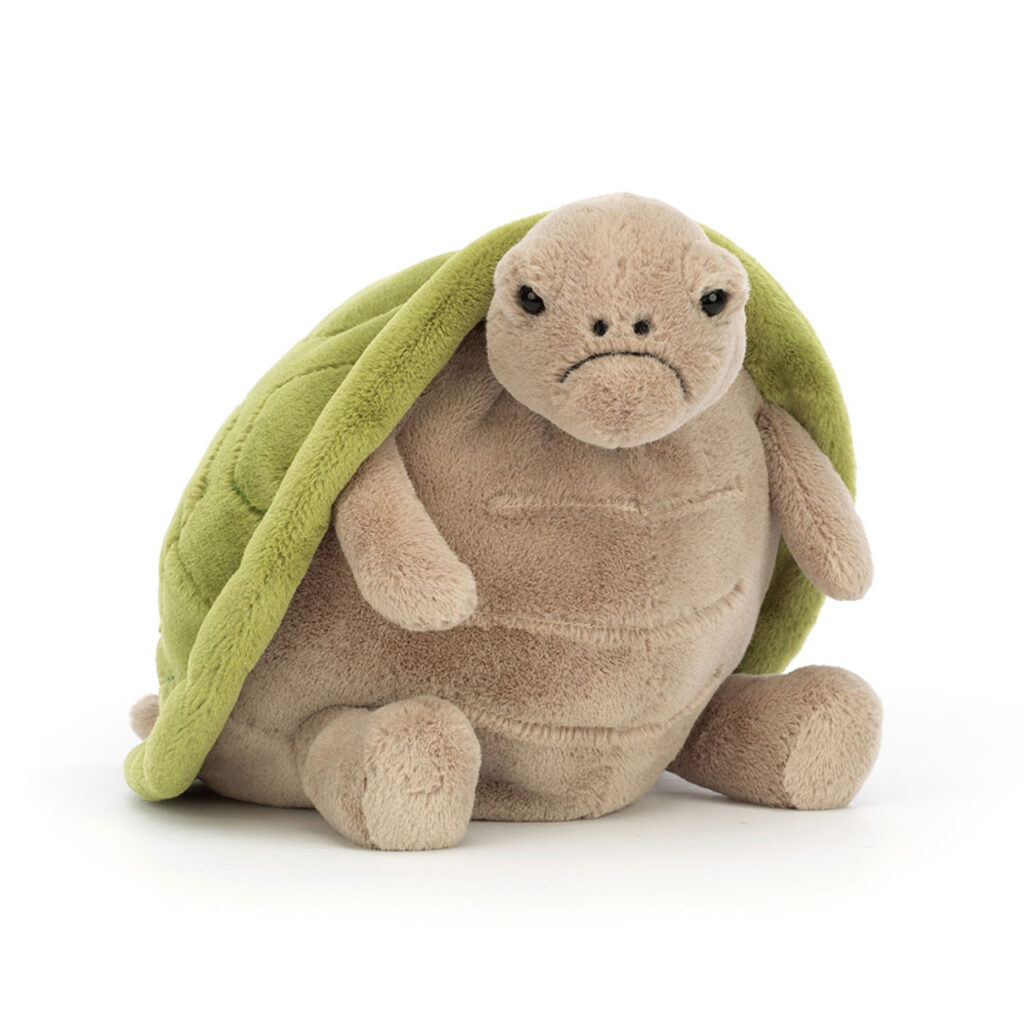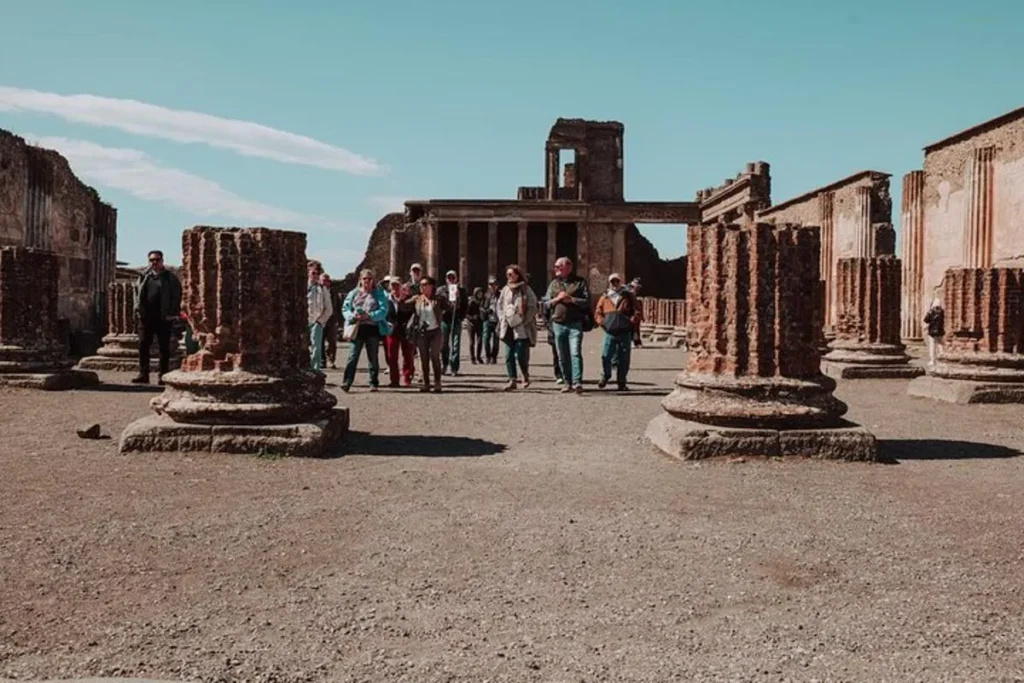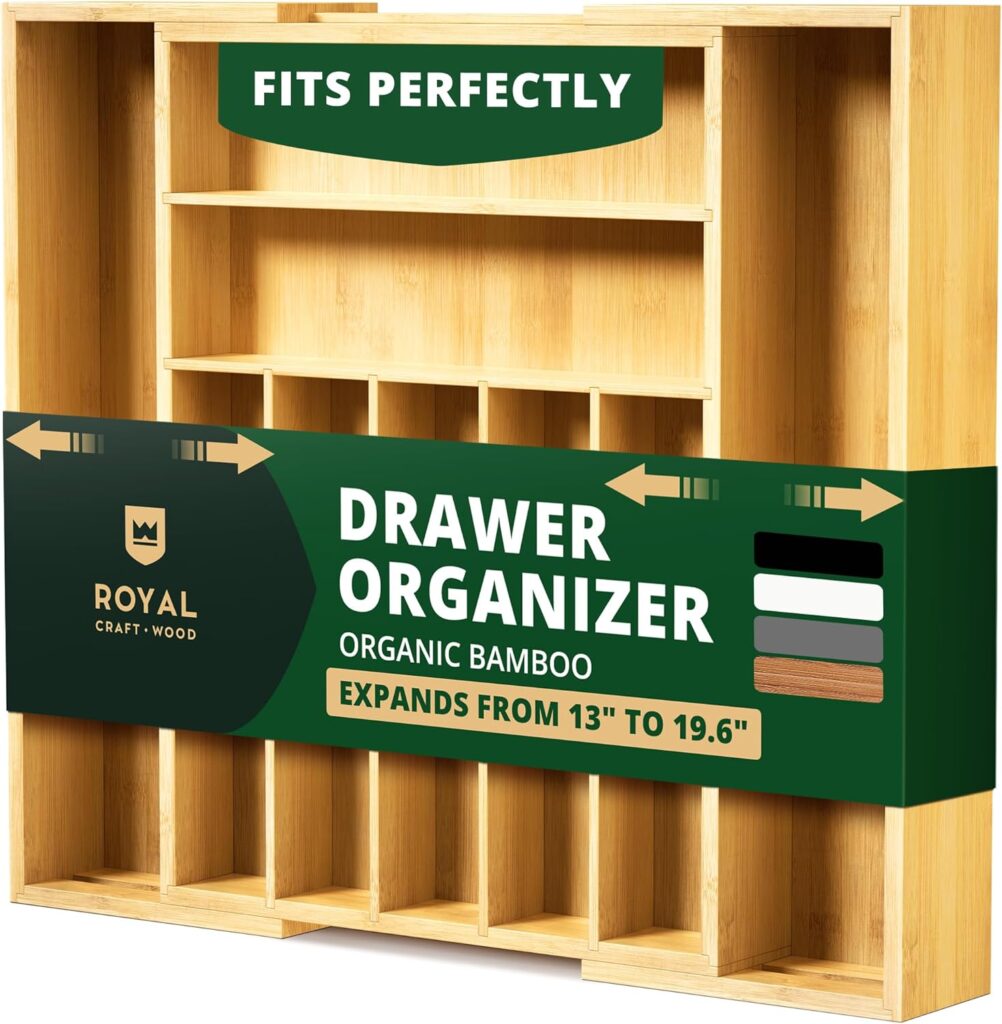There are shoes you reach for and shoes you remember to wear. The best ones do both—soft underfoot, stable enough to take the stairs two at a time, clean lines that look intentional with leggings, trousers, or travel sets. Enter the ALO Recovery Mode Sneaker: a comfort-first, gym-to-street trainer designed to smooth out the miles between workouts, errands, airports, and everything in between.
In this guide, we’ll cover fit and sizing tips, outfit formulas, how to dial in comfort for different foot shapes, and a maintenance routine that keeps your pair fresh long after the “new shoe glow.”
Shop ALO Recovery Mode Sneaker
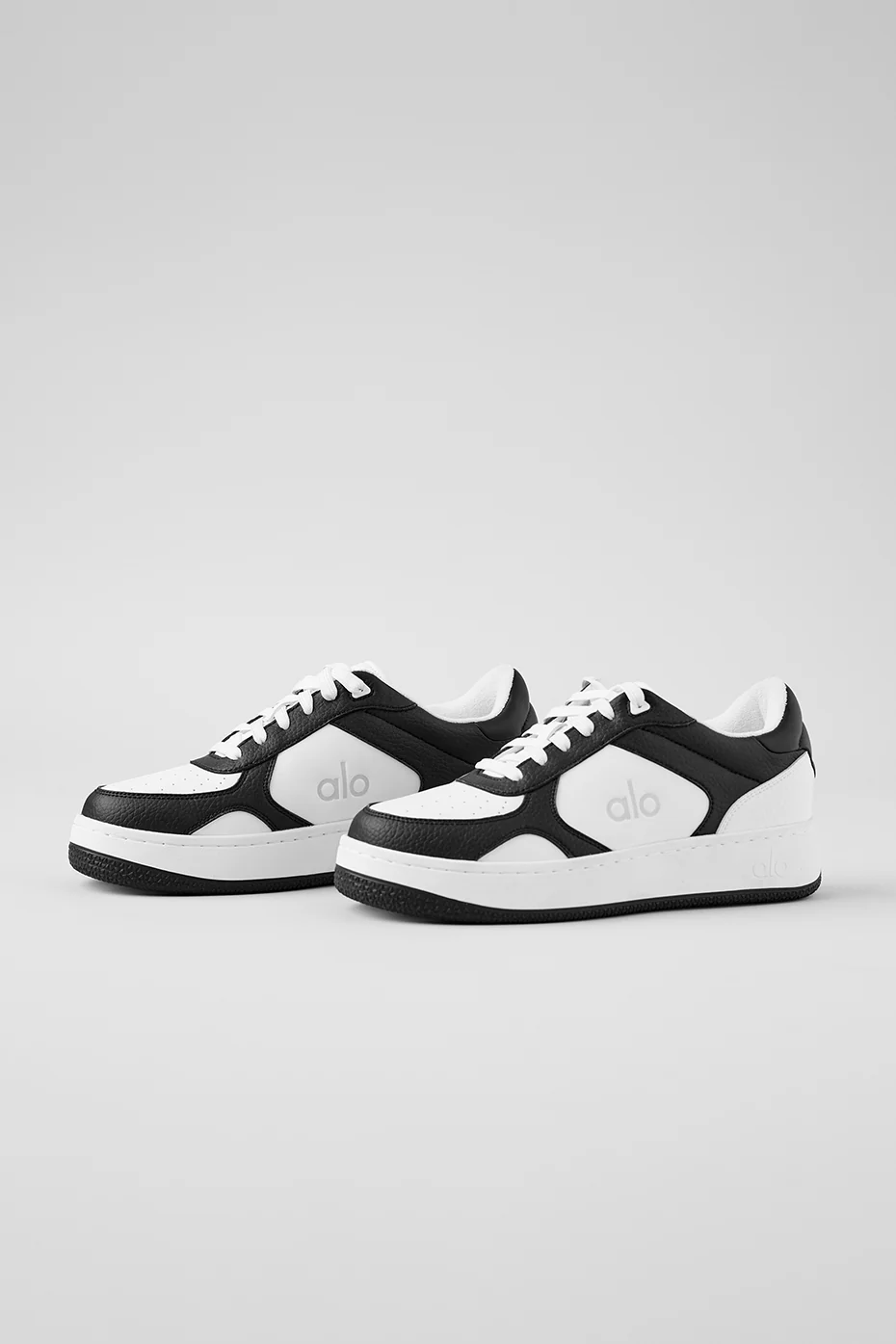
Why “Recovery Mode” Is a Mindset (Not Just a Shoe Category)
Recovery used to mean rest only. Now it’s about smarter transitions: a walk instead of a car ride, mobility between meetings, standing more, and using footwear that helps—not fights—those micro-movements. The ALO Recovery Mode Sneaker leans into that lifestyle: a cushy step-in feel for long days, a silhouette minimal enough to read “styled” in civilian clothes, and traction that’s happy outdoors but won’t leave scuffs indoors. In short: one pair that doesn’t demand an outfit change to make sense.
Fit & Feel: Get the Foundation Right
Before styling comes comfort. Use this quick fit protocol the first time you lace up:
- Thumb room at the toe: You want ~a thumb’s width between your longest toe and the shoe’s end when standing. That margin keeps downhill walking and swelling-friendly comfort in play.
- Midfoot hug, not squeeze: Lace to feel supported across your arch, then flex on the ball of your foot. If you feel pressure at the top eyelets, skip the top hole or run a “window” lacing (details below).
- Heel security: Walk briskly. If your heel lifts, try a runner’s loop (heel-lock lacing) to anchor without overtightening the forefoot.
Lacing Tweaks That Change Everything
- Runner’s loop (heel lock): At the top two eyelets, thread each lace back into the same side to form a loop, cross the ends, and pull through. This locks the heel for confident downhill or stair work.
- Window lacing (high instep): Skip the eyelet that causes pressure and cross laces above it; you’ll relieve midfoot hotspots without losing hold.
- Wide forefoot comfort: Start lacing from the second eyelet to reduce front pressure; tie firmly at the top to keep the heel set.
Cushion + Stability: How to Read the Ride
A recovery sneaker should do two jobs: absorb repetitive impact and guide your stride without fighting it. You’re looking for a plush underfoot feel that rebounds—think “soft, then springs back”—and a midsole shape that keeps your foot tracking naturally. The ALO Recovery Mode Sneaker is built for daylong walking, light gym circuits, and commute miles; it’s not a maximal racing shoe and doesn’t need to be. Your signal that it’s working: you aren’t thinking about your feet after a few hours.
Shop ALO Recovery Mode Sneaker
Outfit Formulas: Five Looks That Always Hit
- Studio-to-street: High-rise leggings + longline tank + oversized zip hoodie. The ALO Recovery Mode Sneaker keeps the silhouette sleek; add a crossbody for errands.
- Smart casual coffee run: Cropped tee + relaxed blazer + straight jeans. Crisp sneaker lines play well with tailoring; cuff the denim once to show ankle and keep proportions light.
- Airport uniform: Knit set (joggers + crewneck) + trench or duster. Slip-friendly lacing for security screening, supportive enough for terminal miles.
- Desk day: Pleated trousers + fine-gauge knit. Neutral colorways read polished; the shoe’s shape keeps it intentional, not gym-only.
- Weekend pace: Bike shorts + oversized button-up + tote. Minimal upper + clean outsole give “off-duty athlete” without trying.
Color Strategy: Build from Neutrals, Add a Wildcard
- Black/white: Ultra-versatile; pairs with monochrome fits and sharp tailoring.
- All-white/cream: Photogenic and summery; pair with tonal looks or pale denim.
- Grey or muted tones: Effortless with office-leaning fits.
- Accent color: One bright pair can anchor minimal outfits—use it like a statement bag for athleisure.
The ALO Recovery Mode Sneaker in neutral tones becomes the glue in your wardrobe; the bolder shade is your mood booster.
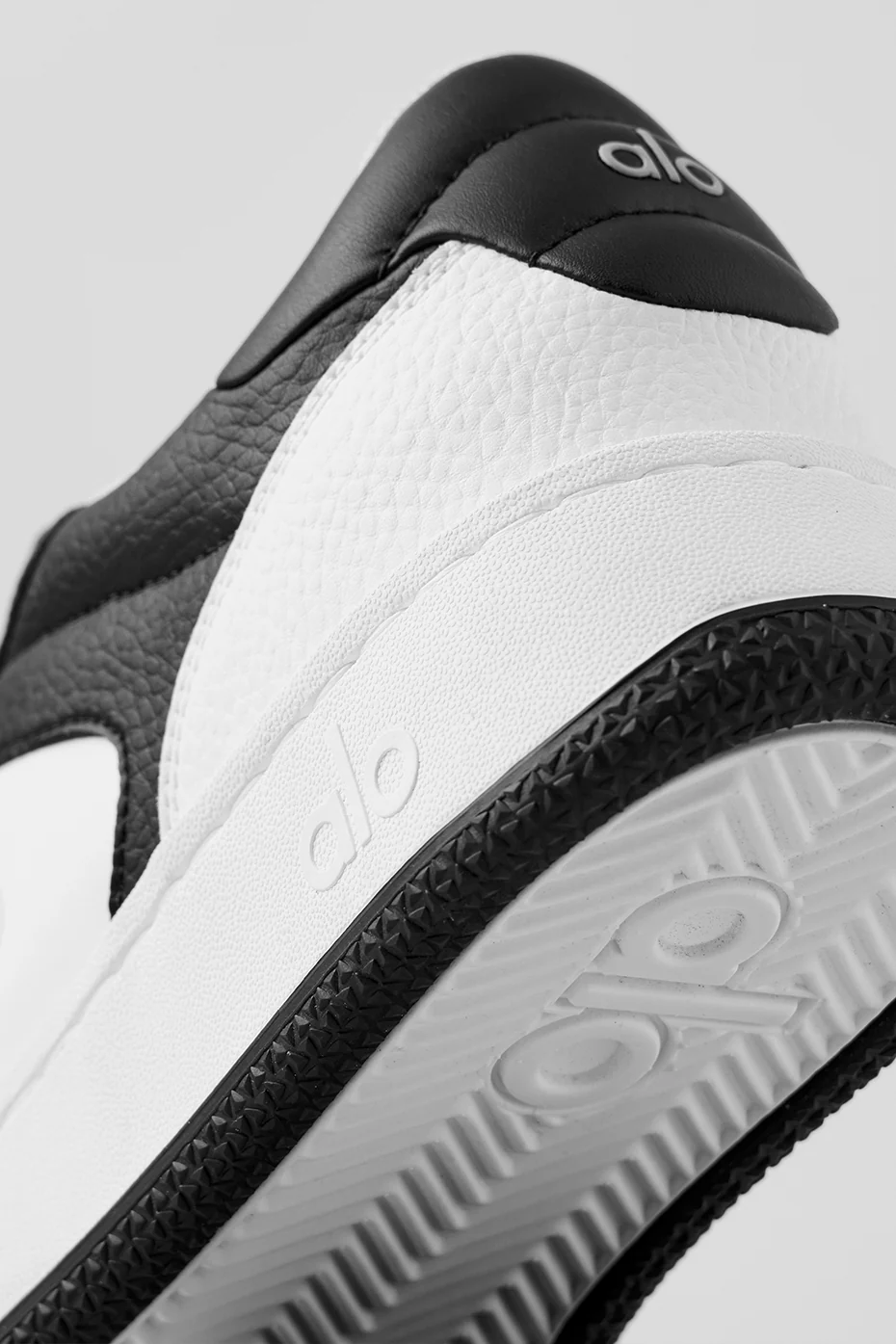
Movement Menu: Exactly What These Sneakers Do Well
- All-day walking: City blocks, museum days, campus loops—soft landings reduce fatigue buildup.
- Mobility & light strength: Warm-ups, band work, machine circuits, casual rowing or cycling.
- Commute miles: Standing trains, stairs, and quick sidewalk pace changes.
- Active recovery: Post-run strolls or day-after-leg-day movement where you want cushion more than pop.
Not the lane: heavy barbell sessions or lateral-agility sports. For those, switch to flat-stable trainers or court shoes.
Socks, Insoles, and Foot Types: Customizing Comfort
- Socks: Choose breathable knits with a smooth toe seam; thicker terry for long days, ultralight for summer travel.
- Insoles: If you use custom orthotics, remove the stock insole and test. For neutral arches, a thin performance insole can add under-arch support without stealing room.
- Wide feet: Relace from the second eyelet and use a thinner sock; if you’re truly between sizes, half-up is safer in recovery shoes.
- Narrow heels: Runner’s loop + slightly thicker heel tab socks = no slip.
Shop ALO Recovery Mode Sneaker
Care That Fits Your Actual Life
A sustainable routine beats perfection. Try this three-step plan:
- Daily quick clean (30 seconds): Dry brush the upper and midsole after wear. A soft toothbrush gets into seams; a microfiber cloth buffs the finish.
- Weekly reset (10 minutes): Mild soap + cold water on a cloth for the upper, magic-eraser-style sponge on the midsole, gentle scrub on outsole lugs. Pull the insole to air-dry.
- Monthly deep freshen (as needed): Sprinkle a pinch of baking soda in each shoe overnight; tap out in the morning. Hand-wash laces and insoles; never machine-dry (heat warps foam).
Travel Smart: Pack, Wear, Repeat
- Pack shape: Stuff toes with socks to preserve the forefoot dome; place soles facing each other in a shoe bag.
- Airport hygiene: Slip out insoles to air overnight after long travel days; rotate socks to avoid odor build-up.
- One-sneaker trip: Choose a neutral ALO Recovery Mode Sneaker and build outfits around it (denim, knit set, one tailored look). Add a slim leather belt and sunglasses to “dress up” without packing extra shoes.
Hybrid Block — 60-Second Buyer’s Checklist (Bullets + Guidance)
- Toe room check: Stand, wiggle; you should have a thumb’s width of space.
- Heel security: Walk and turn; no slippage with runner’s loop.
- Upper flex: Bend at the ball; no sharp pressure on the top lace row.
- Outsole grip: Test on tile and sidewalk; traction should feel confident, not sticky.
- Color utility: Does the color match two trousers and one outer layer you already own? If yes, you’re covered.
- Wear test: Ten minutes at store/home—if you forget you’re wearing them, that’s your sign.
Shop ALO Recovery Mode Sneaker
Styling With Layers: Make Athleisure Look Editorial
- With blazers: Keep the shoe monochrome (black/white/grey), trousers tailored, tee tucked.
- With trenches and dusters: Let the coat hem hit mid-calf and keep the sneaker profile clean—no chunky socks peeking unless intentional.
- With knit sets: Match tones (e.g., oatmeal set + white sneaker) for quiet luxury; add a crossbody for shape.
- With dresses/skirts: Midi lengths pair best. A structured shoulder bag prevents the look from skewing too casual.
Rotation Strategy: Make Pairs Last Longer
If the ALO Recovery Mode Sneaker is your daily driver, a two-pair rotation extends life dramatically: alternate days to let foams rebound and uppers dry out fully. Use cedar shoe fresheners or ventilated storage; avoid sealed plastic bins. If you walk 8–10k steps daily, expect to refresh insoles every few months and evaluate outsole wear at ~6–9 months.
Troubleshooting: Quick Fixes to Common Annoyances
- Heel rub: Add a runner’s loop and switch to cushioned-tab socks; a thin moleskin patch on the heel counter can help during break-in.
- Top-of-foot pressure: Window lace around the hot eyelet. If it persists, test thinner socks or loosen the bottom laces one eyelet.
- Squeaky insoles: Dust with a sprinkle of baking soda or a tiny bit of baby powder under the insole (dry only).
- Odor: Air-dry insoles, rotate socks, and use a UV or ozone-free odor eliminator occasionally (never on wet foam).
- Midsole scuffs: Magic-eraser style sponges work—go gently and avoid colored uppers.
Small Performance Boosts (That Don’t Look “Sporty”)
- Gait upgrade: Add a 5-minute ankle mobility + calf stretch at day’s end to keep your stride smooth in cushioned sneakers.
- Post-flight reset: Roll a lacrosse ball underfoot for 1–2 minutes per foot. Cushioned shoes love mobile feet; your arches will, too.
- Standing desk days: Alternate between standing and seated every 45–60 minutes; the shoe’s cushion helps, but movement is the real recovery tool.
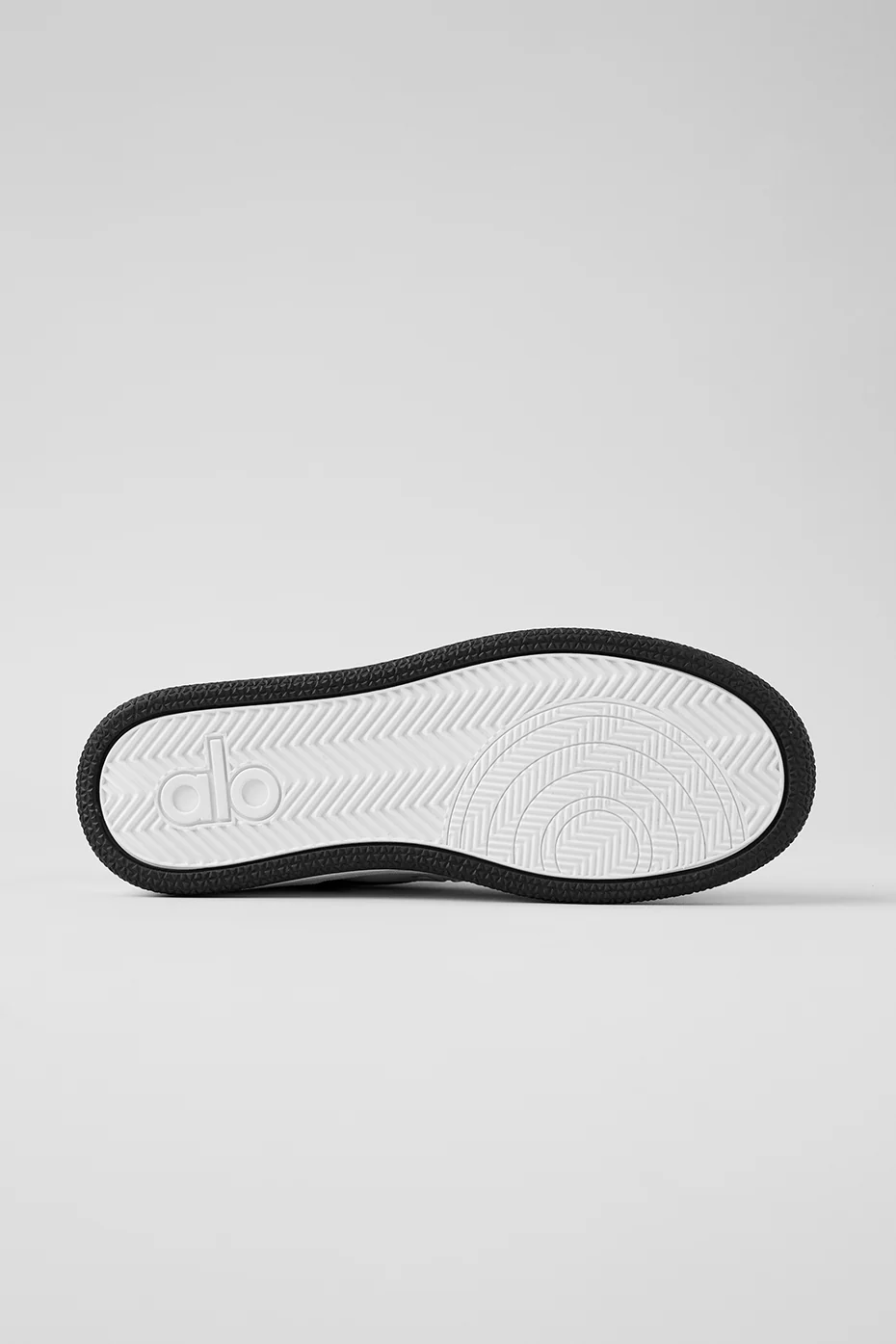
Sustainability & Cost-Per-Wear: The Quiet Value
Versatile sneakers reduce the number of pairs you “need” to pack or buy. A neutral ALO Recovery Mode Sneaker that crosses gym, commute, and casual office means more wears and fewer duplicates. Care routines keep foams and fabrics performing longer, which is good for your budget and your closet footprint.
Conclusion
Recovery doesn’t mean “do nothing.” It means move smart—and wear shoes that support the in-between parts of your day as much as the highlight workout. The ALO Recovery Mode Sneaker hits that sweet spot: plush step-in comfort, a silhouette that dresses up enough for coffee meetings, and easy-care materials that bounce back after travel or long walks. Nail the fit, learn two lacing tricks, pick a color that works with what you own, and run a simple clean-and-air routine. Do that, and you’ll have a pair that earns its spot by making every step feel a little lighter—and every outfit look a little sharper.
Shop ALO Recovery Mode Sneaker
FAQ
- Are these good for running?
They’re designed for walking, active recovery, and gym-to-street wear—not performance running. For runs, use a dedicated running shoe and rotate this pair for everything else. - How should they fit?
Secure at the heel with a thumb’s width of toe room and a supportive (not tight) midfoot. Use the runner’s loop for heel slip or window lacing for high insteps. - What socks work best?
Breathable, low-friction socks with a smooth toe seam. Use thicker cushioning for long travel days and lighter knits in heat. - Can I dress them up?
Yes—pair with pleated trousers, a fine-gauge knit, or a relaxed blazer. Stick to neutral colorways to keep the look polished. - How do I clean them?
Dry brush daily, spot clean weekly with mild soap and cold water, air-dry insoles, and avoid machine drying or harsh heat. - Do they work with orthotics?
Often yes—remove the stock insole and test your orthotic for volume. If it lifts your heel too much, try thinner socks or adjust lacing. - What if my heel slips?
Try the runner’s loop, tighten only the top two eyelets, and use cushioned-tab socks. Persistent slip may mean you need a half-size down. - How long do they last?
Depends on mileage and surfaces. With daily 8–10k steps and regular care, evaluate outsole wear around 6–9 months and refresh insoles as needed.

